On June 30 Honda announced a factory “Refresh Plan” for the 1987-90 VFR750R motorcycle, more commonly known by its model code, the RC30. The bike was an important part of Honda’s motorsports history, a factory homologation special created to win the inaugural World Superbike Championship of 1988. It did that, repeated the feat in 1989, and won a slew of other two-wheeled championships as well. Crammed with loads of race-developed technology, at the time of launch the ¥1.48 million (approx. $15,000 USD) street-legal version was the most expensive motorcycle ever sold in Japan.
Even at that lofty price, Honda received over 3,000 orders. That was unfortunate, because production was limited to 4,782 worldwide, and only 1,074 units in Japan (the US received only 316). With such massive demand, winners had to be selected via a lottery program. Legend has it, even the RC30’s chief engineer had to throw his hat into the ring just for a shot at buying one. He lost.
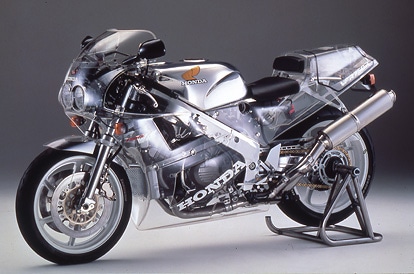
As one might expect from a homologue, it featured battle-forged tech rarely seen on road bikes of the era. Each one was hand-built in Honda’s Hamamatsu plant with the actual race machines at the rate of just 60 per week. The V4 engine was limited to 77ps (76 horsepower) at 9500 rpm in Japanese spec, but his as much as 135ps (133 horsepower) at a 12,500 rpm in unrestricted spec available in some export markets.
The engine was filled with the most advance technology Honda could muster. It was the first mass-produced motorcycle to utilize titanium connecting rods, just to squeeze out an extra 2ps. Its camshafts were gear-driven and activated the valves directly without a rocker arm, just to create a more compact cylinder head. The block and head was cast in an aluminum-magnesium alloy just to save a few grams.
The exotic construction extended beyond the engine, too. Over an aluminum twin-tube frame was hand-laid FRP bodywork. A “pro-arm” single-sided swingarm allowed for quick wheel swaps in the heat of competition. Even the fuel tank was shaped from weight-saving aluminum. Overall, the bike tipped the scales at just 397 pounds.
It became a legend in its own time, winning two consecutive World Superbike Championships. Additionally, it saw victories at the 8 Hours of Suzuka, Isle of Man TT, All-Japan TT-F1, and the national Superbike Championships of Australia, Austria, Canada, France, Germany, Spain, and the UK. It was truly unstoppable, and even after Honda officially retired the RC30 in 1990, many privateers went on to win huge races with it.
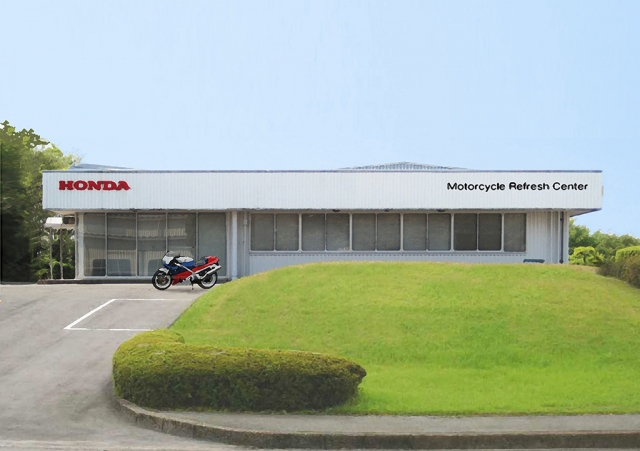
As such, it’s a very important model in Honda’s history, and worthy of a factory restoration program. Honda is currently remaking parts, prioritized by demand and the likelihood of deterioration. Soon, a Motorcycle Refresh Center will open on the grounds of Honda’s Kumamoto plant for customers who prefer to just hand over the bike to the experts. However, reproduction parts will also be made available to owners who want to do the restoration themselves.
Launching the program was no easy task. Back in the day, the RC30’s engineers designed the bike by hand on drafting boards, then handed the drawings to the manufacturing department in blueprints, where three-dimensional models were formed by wood. Almost none of the paper materials, such as parts lists, service manuals or the wooden templates themselves, survived over the years.
To make the parts today, Honda had to recreate them digitally. Without drawing instructions, hand-drawn blueprints had to be scanned, adjusted to actual size, and compared with the physical piece to determine the proper dimensions. Since there were no 3D wooden templates left, Honda had to borrow an RC30 from one of its own employees to accumulate necessary data on the parts one by one.
Even so, this method resulted in files containing much less information than modern 3D renderings, making the parts difficult to manufacture. So, the project turned to veteran engineers, designers, and business partners who had experience in the old ways of doing things. Those individuals helped supplement the missing details. Honda says their knowledge was indispensable, and calls it a true collaborative effort among passionate enthusiasts.
According to Honda, 70 percent of the RC30s sold in Japan are still registered. As one of the models that symbolizes the Honda brand due to its racing success and cutting-edge technologies, Honda hopes that the program will keep them on the streets and race tracks for many years to come. The RC30 Refresh Plan follows on the heels of similar programs for Honda cars, such as the NSX and Beat, and is the latest in a wider trend of Japanese companies looking to keep their heritage alive. Mazda, Nissan, and Toyota all have similar projects in place. If you own an RC30 in Japan, you can apply for the RC30 Refresh Plan beginning on July 28.
Images courtesy of Honda.




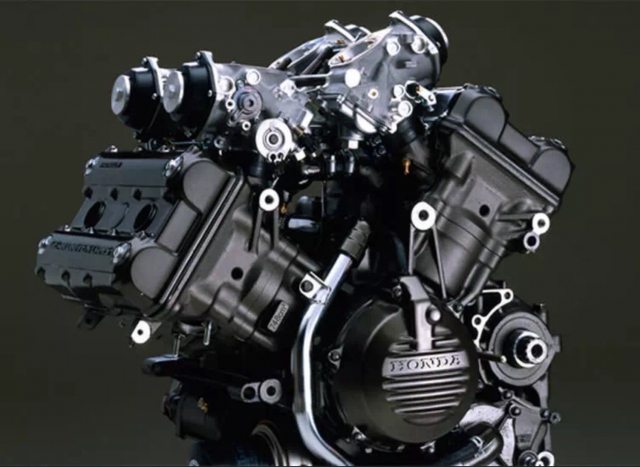

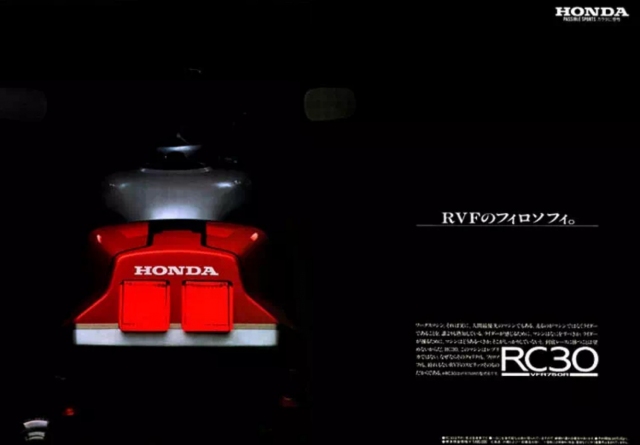
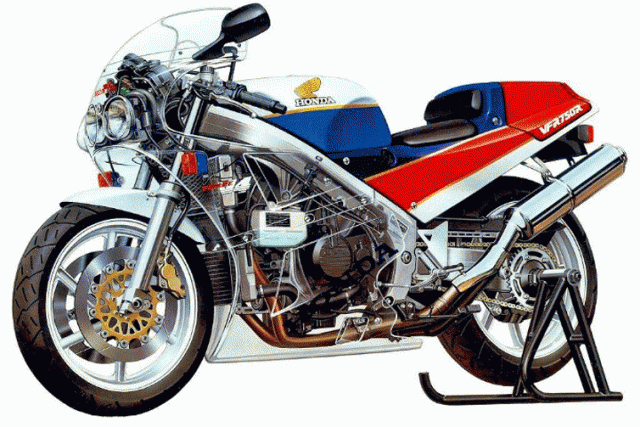


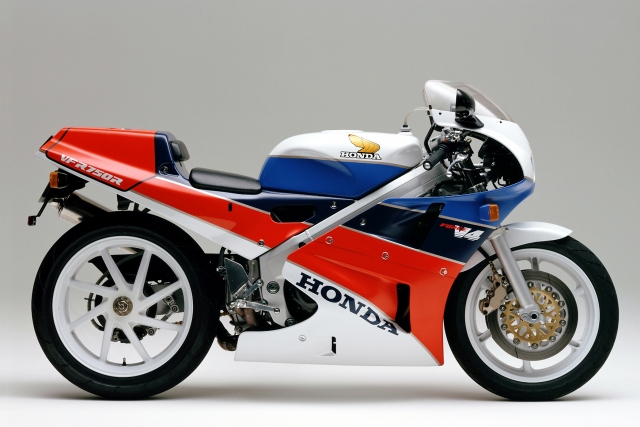




I’m a Yamaha man to the bone, but I would gladly admit that this is the best bike in the history of motorbikes
I had an R/C version of this when I was a kid. Such an awesome bike, and neat that they are doing this.
Good for Honda for expanding its restoration program to motorcycles. I could expand to cbx 6 cylinders and why not, if they could, my vt 250 spada. and since you are on this road, do not forget nsr 250, ns 400, mbx 250, nsr 500 reproduction (surely someone interested only to track the latest evolution that ran in the motorcycle world championship can find) don’t deny that important part of your past.
One of the best looking bikes, together with the RC45.